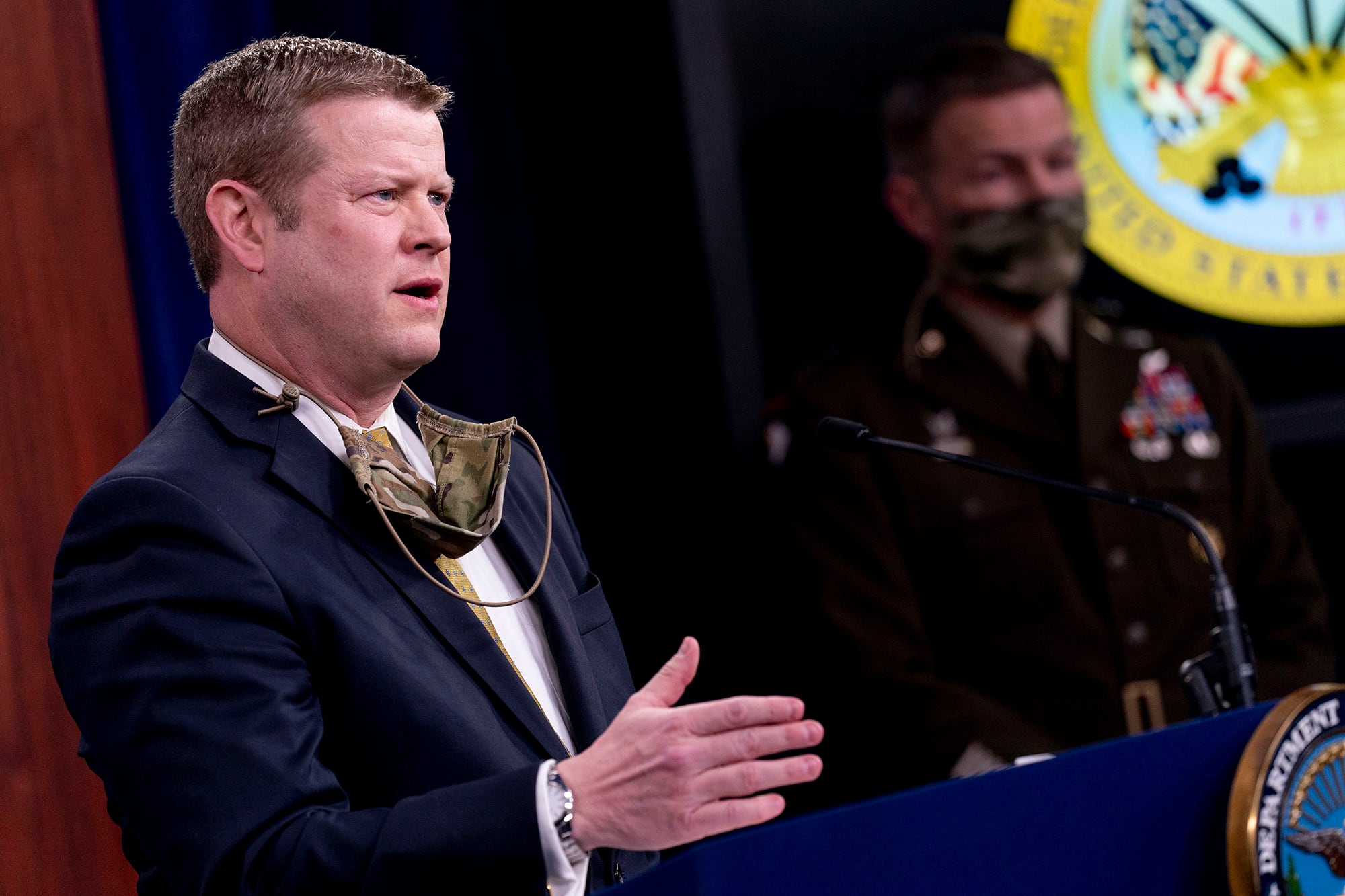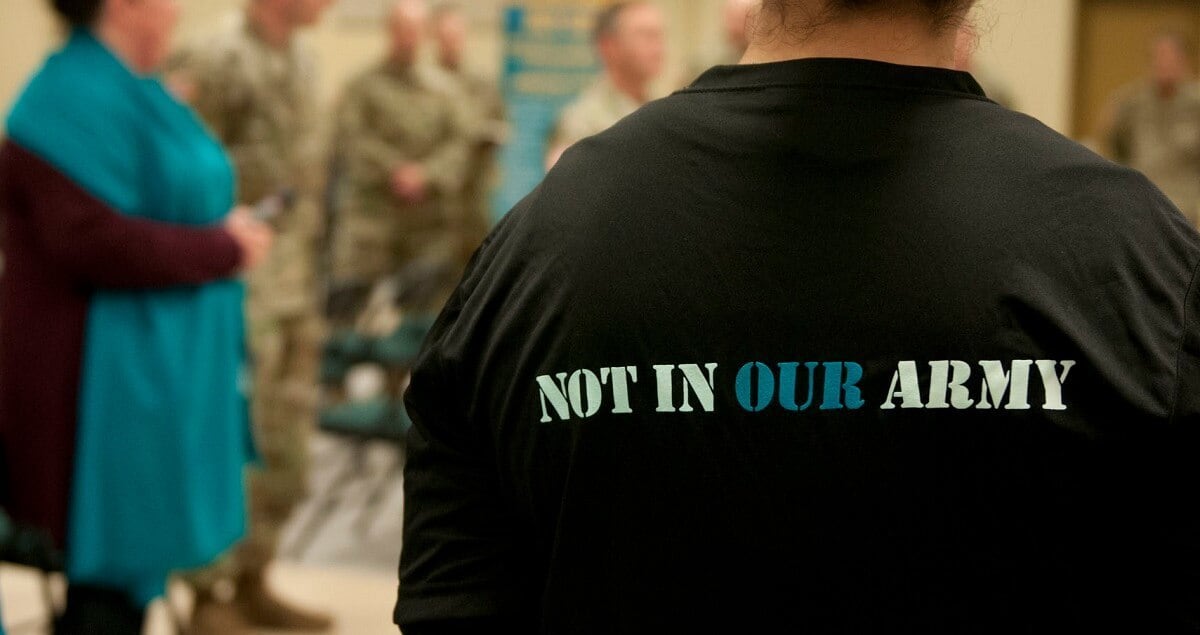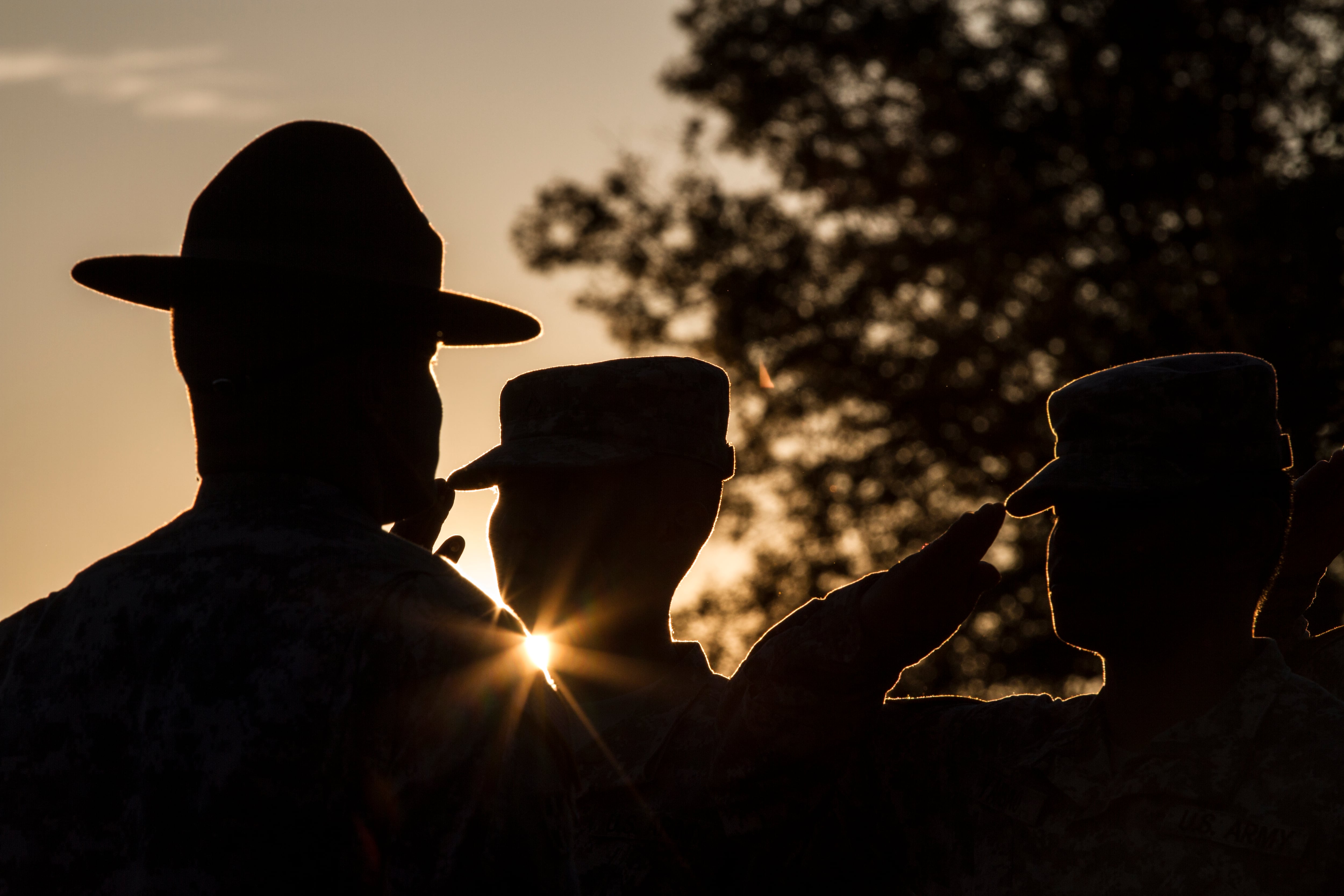One name loomed large over the Fort Hood Independent Review Committee report released on Dec. 8 by the secretary of the Army, a name found nowhere in its sprawling 152 pages, but that hung like a shadow over its damning conclusions: Chairman of the Joint Chiefs of Staff Gen. Mark A. Milley.
The godfather of military readiness took a direct hit in the report, which concluded, “Across the installation, and especially in the Combat Brigades and their supporting elements, readiness was the primary focus of all activities, while the [Sexual Harassment/Assault Response and Prevention] program and the general well-being of Soldiers was a distant second. Mission readiness completely overshadowed the SHARP Program.”
To be sure, Milley, previously as chief of staff of the Army, accomplished his primary mission exceptionally well, taking the Army from two brigades receiving the highest readiness rating, to more than 25 brigades receiving that rating. But the apparent trade-off was in care for the soldiers and the resulting erosion of unit cohesion. Milley, like all Army leaders of his generation, had grown up under the axiom of, “Mission first, People always.” But there can only be one No. 1 priority, and as Milley stated clearly in August 2015, as he assumed the position of chief of staff of the Army, “Readiness is the No. 1 priority and there is no other No. 1.” For a man whose love for soldiers remains immeasurable, readiness would prove to take up all the oxygen in the room.
The truth is, Milley had already established readiness as the No. 1 priority for most U.S.-based Army forces, when he transitioned from leading Fort Hood’s III Corps to leading Army Forces Command in 2014. After becoming CSA in 2015, he broadened his readiness mandates to the entire force. But this focus came with a price, and that price was paid with the shattered lives of women (and yes, men) on the altar of readiness. How the Army adjusts and adapts its clearly ineffectual SHARP program remains to be seen, but the verdict of the FHIRC report is clear: Mission at the expense of people crushes unit cohesion. Readiness without unit cohesion is an illusion.
Unfortunately, unit cohesion can’t be measured and readiness can, so the Army has erred on the side of readiness since at least 2014, according to the report. But the events of the past year at Fort Hood demanded symbolic sacrifice. And so, 14 leaders ranging from major general to reportedly squad leader-level were relieved or suspended by the secretary of the Army. To be sure, these leaders were culpable at some level for the broken and sometimes ended lives of Fort Hood soldiers, over the past year. But the bloodletting was symbolic in that only those currently in command appeared to receive punishment.
The FHIRC’s period of review, as directed by the secretary of the Army, was 2018-2020. Therefore, it bears examining exactly what the disposition is of the leaders immediately preceding the leaders relieved, but commanding during the period of review. It is this examination that is the most troubling. Looking at the highest echelon units with commanders relieved or suspended reveals a case study in rewarding care of mission over care of people.
RELATED

Fort Hood and III Corps senior commander, Maj. Gen. Scott Efflandt, was relieved. His predecessor, Lt. Gen. Paul Funk, commanded Fort Hood from April 2017 to June 2019. Three quarters of his command time was during the period of FHIRC review. Funk received a fourth star and was given command of the Army’s Training and Doctrine Command.
First Cavalry Division commander, Maj. Gen. Jeffery Broadwater, was suspended. His predecessor, Maj. Gen. Paul Calvert, commanded the division from October 2017 to October 2019. More than three quarters of his command time was during the period of FHIRC review. Calvert received a third star and was given command of Combined Joint Task Force - Operation Inherent Resolve.
Third Cavalry Regiment commander, Col. Ralph Overland, was relieved. His predecessor, Col. Jonathan Byrom, commanded the regiment from July 2017 to July 2019. Three quarters of his command time was during the period of FHIRC review. Byrom is now serving as the executive officer to the chief of staff of the Army.
The secretary of the Army directed a period of review at Fort Hood for the past three calendar years. That review established even more egregious failings at the outset of the review period than at the end. The secretary relieved or suspended the three top commanders who had served only minor tenures, during the period of review. Those who had preceded the relieved or suspended officers were either promoted or, in Byrom’s case, elevated to a position of high grooming and visibility. How can this be? The answer is a simple one: there is no reliable metric to measure unit cohesion and the Army does not evaluate that which it cannot measure.
A defunct Army SHARP program erodes and eventually destroys unit cohesion. A unit without cohesion cannot be deemed ready, but they nevertheless have been deemed ready since at least 2014. For those who believe the Army can care for its soldiers and simultaneously accomplish the mission of achieving readiness, the newly installed Third Cavalry Regiment commander has a message: On Dec. 12, he and his newly appointed command sergeant major shared a video with their troops via social media: their next National Training Center rotation has been canceled so that they may focus all their energies on rebuilding trust, confidence and unit cohesion, within the regiment. They are explicitly trading the premier readiness metric-builder for unit cohesion.
As to the way ahead, there can be only two imperatives: First, there is every reason to believe that critical points of failure identified at Fort Hood may be similarly identified across the Army. The report acknowledges as much. Therefore, the secretary of the Army should direct an independent review committee-like process at every camp, post and station in the Army. Fear of further black eyes and commanders’ reliefs should not deter the secretary. Second, as the report makes clear, “The Army SHARP program is structurally flawed.” The Army can no longer be trusted to fix Army SHARP and given senior Department of Defense leadership complicity with where the Army finds itself today, a legislative fix is the only remaining remedy.
Upon assuming leadership of the Army, Chief of Staff of the Army Gen. James McConville conspicuously changed priorities from readiness to people first. It’s time to make whole that promise. America’s soldiers deserve nothing less.
John Robinson is a recently retired senior officer, with over 31 years of active service. He previously served as a strategic planner for both U.S. Central Command and Army Forces Command. Follow him on Twitter @CWOB_Ancient.
Editor’s note: This is an Op-Ed and as such, the opinions expressed are those of the author. If you would like to respond, or have an editorial of your own you would like to submit, please contact Military Times managing editor Howard Altman, haltman@militarytimes.com.





